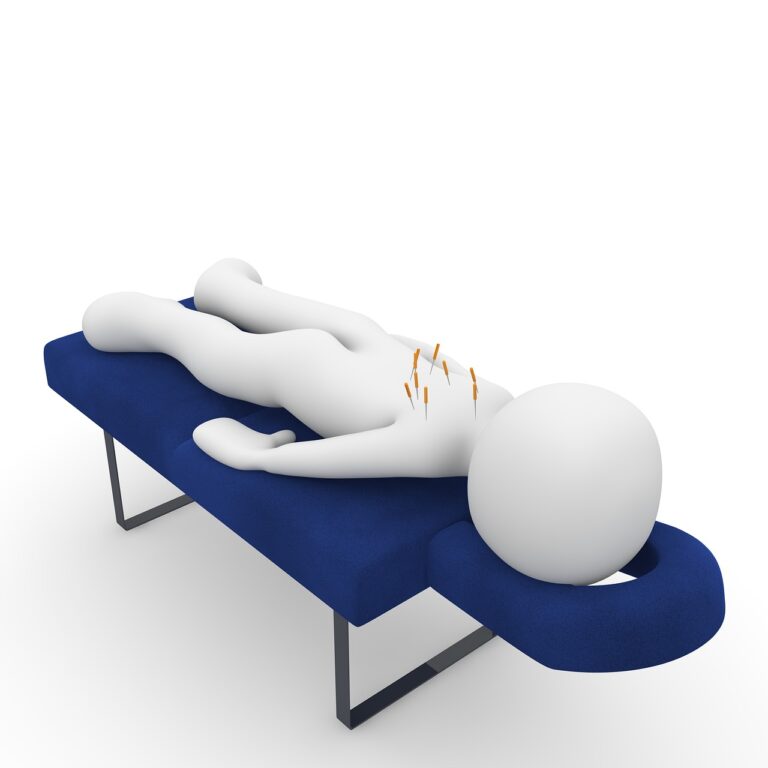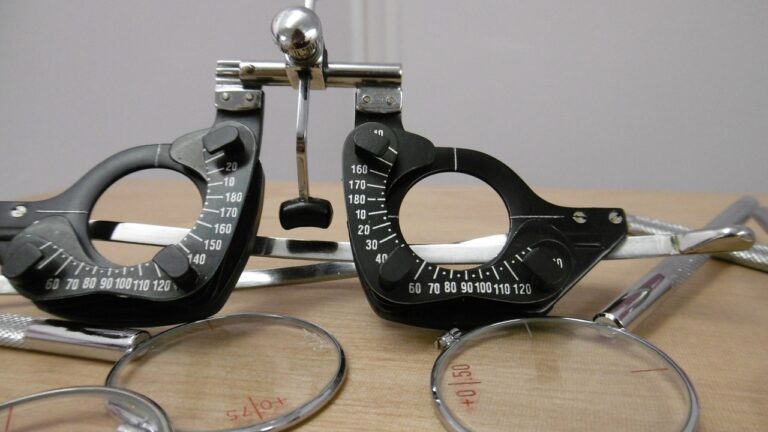The Potential of Stem Cell Therapy for Stroke Recovery: Regenerating Neural Tissue
Stem cell therapy has emerged as a promising avenue for enhancing stroke recovery. The unique regenerative properties of stem cells offer a novel approach to repairing damaged neural tissues post-stroke. By promoting neurogenesis and angiogenesis, stem cells hold the potential to restore functionality and improve outcomes for stroke survivors.
Research efforts in the field of stem cell therapy continue to advance our understanding of its mechanisms in neural regeneration. The ability of stem cells to differentiate into various neural cell types and modulate the microenvironment within the brain presents a groundbreaking opportunity for enhancing recovery post-stroke. The ongoing exploration of different stem cell sources and delivery methods underscores the importance of innovation in maximizing the therapeutic benefits of this promising approach.
• Stem cell therapy promotes neurogenesis and angiogenesis
• Stem cells have regenerative properties for repairing damaged neural tissues post-stroke
• Research in stem cell therapy is advancing understanding of neural regeneration mechanisms
• Stem cells can differentiate into various neural cell types and modulate the brain microenvironment
• Ongoing exploration of different stem cell sources and delivery methods is important for maximizing therapeutic benefits
Understanding the Mechanisms of Stem Cells in Neural Regeneration
Stem cells play a crucial role in neural regeneration by differentiating into various types of neural cells, including neurons, astrocytes, and oligodendrocytes. These specialized cells help to repair damaged areas in the brain following a stroke. Through their ability to self-renew and differentiate, stem cells contribute to rebuilding neural networks and restoring lost function in affected areas.
Another important mechanism of stem cells in neural regeneration is their ability to secrete growth factors and cytokines that promote tissue repair and reduce inflammation in the brain. These bioactive molecules create a favorable environment for neural stem cell survival, proliferation, and migration to the site of injury. By modulating the microenvironment within the damaged brain tissue, stem cells facilitate the regeneration and repair processes essential for functional recovery after a stroke.
Current Research and Clinical Trials in Stem Cell Therapy for Stroke
Research in the field of stem cell therapy for stroke has gained significant momentum in recent years. Clinical trials are underway to assess the safety and efficacy of various types of stem cells in promoting neural regeneration and functional recovery post-stroke. These trials aim to determine the optimal dosage, timing, and delivery methods of stem cell transplantation to enhance the therapeutic outcomes in stroke patients.
One promising approach involves the use of mesenchymal stem cells (MSCs), which have shown potential in promoting neurogenesis, angiogenesis, and anti-inflammatory effects in the brain after a stroke. These multipotent cells can be derived from various sources, such as bone marrow or adipose tissue, and have been shown to enhance tissue repair and functional recovery in preclinical models of stroke. Ongoing clinical trials are investigating the safety and efficacy of MSCs in stroke patients, with preliminary results showing encouraging improvements in motor function and quality of life.
What is stem cell therapy and how can it help in stroke recovery?
Stem cell therapy involves using stem cells to promote regeneration and repair in damaged tissues, including those affected by stroke. Stem cells have the potential to differentiate into various cell types and can help in replacing damaged brain cells after a stroke.
What are the mechanisms through which stem cells promote neural regeneration in stroke patients?
Stem cells can release growth factors and cytokines that stimulate the repair and regeneration of damaged neural tissues. They can also modulate the immune response and reduce inflammation in the brain, which is crucial for recovery after a stroke.
What are some of the current research efforts and clinical trials in stem cell therapy for stroke?
There are ongoing clinical trials evaluating the safety and efficacy of various types of stem cells, such as mesenchymal stem cells and induced pluripotent stem cells, in stroke patients. These trials aim to assess the potential benefits of stem cell therapy in improving functional outcomes and quality of life after stroke.
Is stem cell therapy a widely accepted treatment for stroke patients?
While stem cell therapy shows promise in stroke recovery, it is still considered an experimental treatment and is not yet widely accepted as a standard of care. More research is needed to establish the safety and efficacy of stem cell therapy in stroke patients before it can be routinely recommended.







